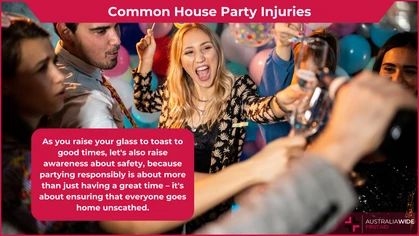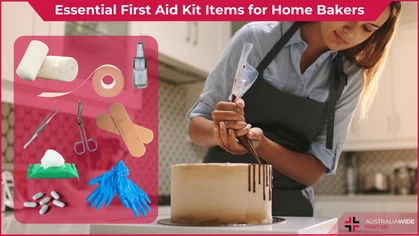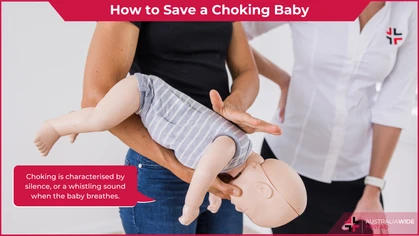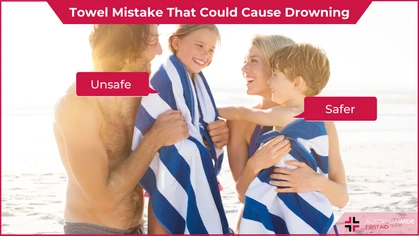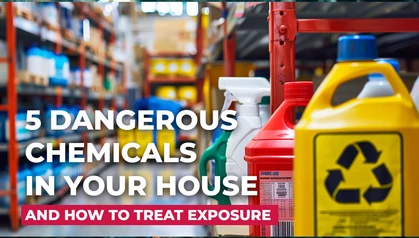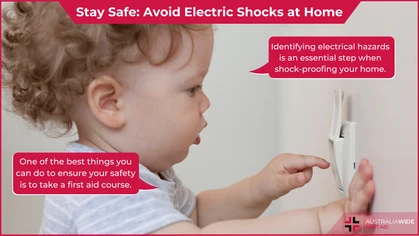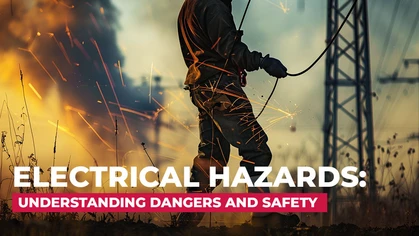How to Treat Poisoning

Danger
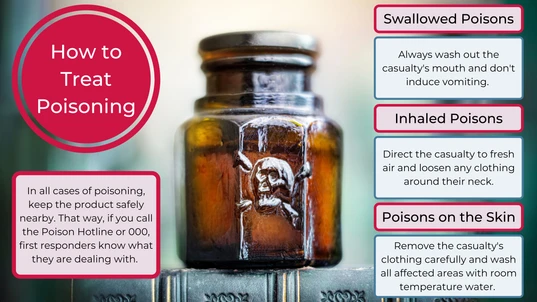
Unintentional poisonings typically occur in children aged 1 to 3. Poisoning symptoms can vary from one casualty to the next. For mild cases of poisoning, wherein the casualty shows no signs of discomfort, contact the Poison Information Hotline for advice.
Every year thousands of Australians seek medical attention due to either being poisoned outdoors or in the home, which is why our team have provided these valuable tips for poison safety. The majority of unintentional poisonings that occur around the home affect children, which is why it’s vital to know how to help reduce these incidents, as well as know how to treat victims of poisoning before these become fatalities. Most of the incidents of children being poisoned have been in the age bracket of 1 to 3 years of age. The reason for this is young children are generally inquisitive and prone to putting things in their mouths. When poisoning has occurred, the symptoms and how to treat the victim does vary, depending on the amount of poison that’s been taken, what type of poison it is and the way it’s entered the body. If the victim of poisoning is showing no signs of sickness or discomfort, and the type of poison is very mild, there is a 24/7 poison information hotline you can call on 13 11 26. The poison information hotline can provide advice if someone has eaten, drank or inhaled a poison, whether this is known or suspected. You can also call the hotline for poisoning that has occurred through the skin or eyes, as well as for bites or stings from spiders and other insects, reptiles and marine life. We recommend that if there are any symptoms, or you have any health concerns, to call 000 to get the victim an ambulance, before the situation worsens, because it’s always better to be safe than sorry.Classifications of poisons for first aid treatment
To make it easier to provide first aid treatment for a victim of poisoning, the types of poisons have different classifications. These range from poisons resulting from bites or stings to those which are inhaled, swallowed, entered the eye or via the skin. We discuss these classifications and the first aid treatment in more detail below:Swallowed poisons:
Any type of poison which has been ingested orally. Always wash out the mouth and don’t induce vomiting. Ensure you have a first aid kit and the product nearby, as you’ll need this on hand if you have to call 000 for an ambulance so that the paramedics are aware of the poison that’s been swallowed.Poisons on the skin:
All poisons that have entered the body via the skin. Treat these by removing clothing carefully and washing all areas of exposure with water heated to room temperature. Have a sample of the poison close by if possible and keep your phone on you to call the poison hotline or 000 if necessary.Poisons on the eye:
Poisons of any form which have been in contact with your eyes. First aid for this type of poisoning involves rinsing the eye/s with water poured from a jug or a cup for at least 10 to 15 minutes. It’s crucial that the water is directed to flow from the inner to the outer corner of the eye. Never apply eye drops if poison has entered the eye.Inhaled poisons:
Any type of poisonous gases or fumes that have been inhaled. When providing first aid for victims of inhaled poisons, direct them immediately to fresh air and loosen any clothing that is tight around the neck. If indoors, make sure to open any doors or windows. Never try to rescue someone who is unconscious if there’s a toxic or unknown gas present and you don’t have breathing apparatus or you could very well become another victim. Always call 000 if a victim is unconscious or you believe they need urgent medical attention.Poisons from bites or stings:
All bites or stings from insects, spiders, marine life or reptiles that involve poison. The severity of the reaction caused by the bite or sting would determine the course of action followed with first aid treatment. It’s important to note that serious allergic reactions can result from 2 per cent of stings inflicted by wasps, ants or bees. Some of the symptoms that indicate the sting could be potentially life threatening range from breathing difficulties to a generalised rash or swollen face, lips or tongue.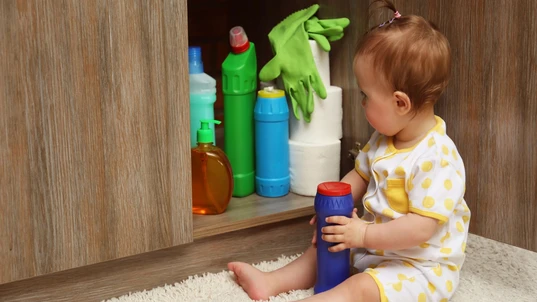
Always store toxic household products and medications out of reach of children
Poisoning prevention
While you can’t always avoid poisoning occurring, there are some poison prevention tips we recommend at our first aid training courses which will can help keep you and your family safe.- Always store toxic household products and medications out of reach of children or in locked cabinets if these are easily accessible.
- Follow the recommended doses when taking prescription medication and don’t take large doses of painkillers, such as paracetamol, when in pain. If you need further medical assistance see your doctor.
- Don’t transfer poisons including insecticides, herbicides, fuels, coolants or cleaning products to other vessels without clearly indicating what is inside the new vessel. We also recommend not using drink bottles or water containers to store poisons.
- Be aware of jellyfish season if you’re involved in water sports where you could be in contact with these and wear protective clothing during the season. Keep vinegar or Stingose in your vehicle, bag or close by at all times.
- Avoid strong fragrances and bright clothing if you are allergic to wasps or bee stings.
- Wear protective clothing if you’re allergic to ant bites and never work on, or around, ant nests.
Originally published at
https://www.australiawidefirstaid.com.au/resources/poisoning-first-aid-treatment
as part of the Australia Wide First Aid Articles Library



